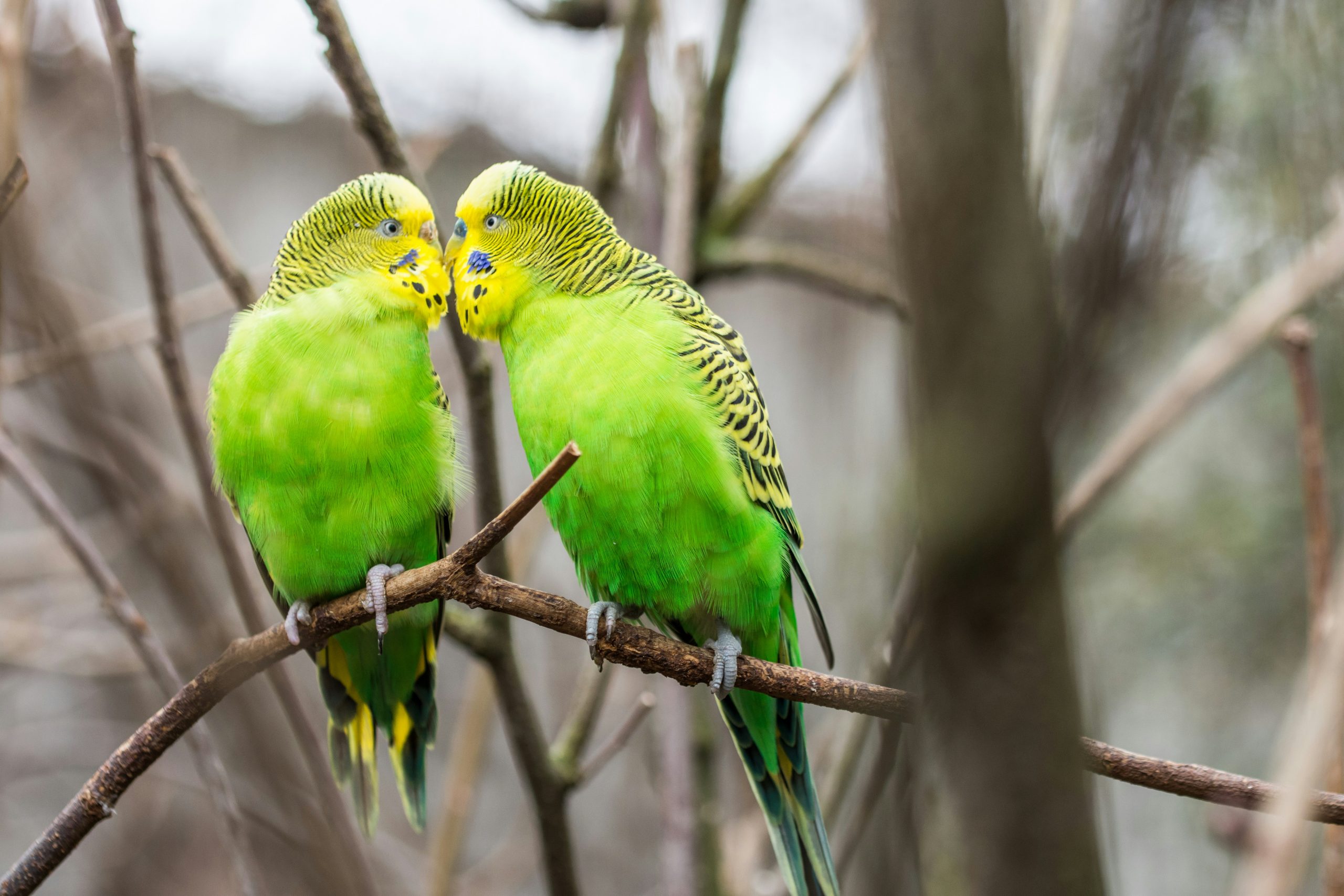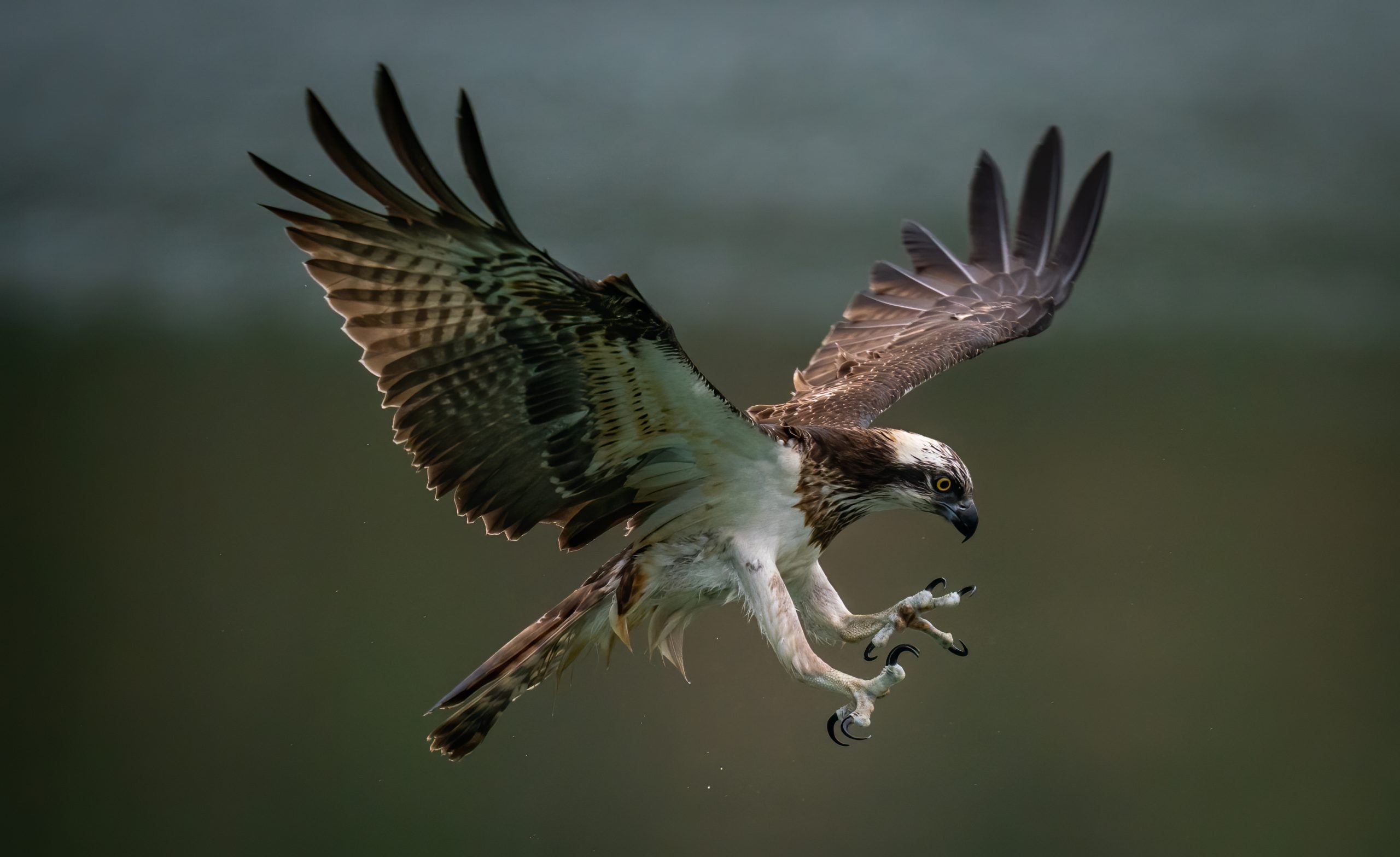Hopping along chain-link fences or flitting through backyard feeders, spunky sparrows brighten daily life for those who notice their small mighty presence. But for all their abundance enclosing neighborhoods in much-needed wilderness echoes, we rarely pause long enough to reflect – just how long do our little brown-winged neighbors live out their hidden lives beyond our fences? Understanding factors impacting sparrow longevity reveals why some flourish for years among us while others inevitably fade as quickly as they arrive each season.
The Average Sparrow Lifespan by Species
Of over three dozen sparrow species worldwide, average lifespans range dramatically between just one year for the frailest to possibly 13 years in extreme age outliers studied in scientific literature. But most backyard varieties in their natural ranges average between 18 months to 4 years in the wild once reaching adulthood.
House Sparrows
One of the most widespread urban adapted sparrows globally, house sparrows average 2-3 years typically. Though insulated from some threats, vehicles and cats still prematurely claim much protected within city centers.
Song Sparrows
A larger mellow fellow fond of brush piles and backyard nest sites, the song sparrow lifespan averages a typical 3 years in the wild. Some exceptional individuals exceed 10 years however in species with overall high annual survivorship rates.
Chipping Sparrows
Tiny year-round residents across most of North America, delicate chipping sparrows eke out 2.5 years against the elements on average, though gentler climates and winter feeding help some push 5 years.
| Sparrow (Scientific Name) | Typical Lifespan |
|---|---|
| House Sparrow (Passer domesticus) | 2-3 years |
| Chipping Sparrow (Spizella passerina) | 2.5 years |
| Song Sparrow (Melospiza melodia) | 3 years |
Why Do Sparrow Lifespans Vary So Much?
Beyond species differences, a range of influencing factors determines longevity for individual sparrows experiencing the best or worst of what environments provide during their brief deterministic journeys under the canopy.
Food Supply Quality & Stability
Access to consistent nourishment remains the largest external factor governing most songbird life expectancy. Sparrows facing chronic shortages must work harder to secure scarce nutrition. Excess stress hormones and emaciation leave them profoundly vulnerable to elements. Just one dire season prevents reaching full potential lifespans. Support backyard habitats – they dramatically buffer variability!
Predators and Threats
Between environmental extremes, predators kill more wild sparrows annually than likely all other causes combined. Nest invaders especially decimate breeding success, limiting population stability needed to offset losses accumulating winter after winter. But improving cover availability helps reduce unnecessary casualties shortening too many song stories.
Individual Constitutions & Hazards
Once all basic provisions are met, “luck metrics” take over. Organismic frailty, congenital disabilities, territorial battles, inopportune storms – life serves up random sequences some constitutions navigate more durably than others. Overpopulation drives desperation culminating in cars and windows needlessly claiming millions. Still, odds remain odds: inevitable but never absolute. Destiny deals sparrows contrasting hands they equally never foresaw to change fated outcomes either way.
Do Sparrows Show Signs of Aging?
Given their hyper-alert behaviors, picking out subtle signs of senescence in individual sparrows requires sharp senses. But telltale clues do manifest over time.
Changes to Plumage and Soft Parts
Molting issues like retained feather sheaths happen more commonly in older birds. Reduced male color vibrancy also appears in some species. Odd pigmentation flaws signal cellular maintenance decline. Thickened leg scales and stretching facial skin also correlate strongly with advanced age.
Behavioral Shifts
Voice hoarseness arises as air sacs stiffen. Reaction times slowing makes elder birds appear less dominant at feeders. Even fat composition ratios change indicating reduced fitness. But perhaps most telling, the simple act of singing lessens gradually as a driving force no longer pulled forward seeking mates and territory by old age’s erratic clock…
So while discerning precise bird ages remains effectively impossible, familiarity over seasons lets us know elders sauntering about our yards as both population ambassadors and yardstick reflections on our own mortal journeys ahead. They remind us to celebrate each precious moment however long remains scrawled out for either of us when wings open into the skies.
Helping Backyard Sparrows Reach Higher Potential Lifespans
While fixed species traits limit baseline averages, improving a few environmental factors within yards helps local birds defy norms living years beyond what nature might otherwise allow in their corner of the world.
Bolstering food, shelter, and protective community interventions lets more sparrows bank future odds from season to season. Installing proper nest boxes, eliminating pesticides reducing insect abundance, and keeping cats indoors cumulatively influence annual survivorship noticeably. Monitoring band returns and behavior of resident individuals helps us gauge directly resulting longevity impacts too.
Small dedicated steps preventing unnecessary losses legitimately make global population-level differences! Celebrate your own positive influences – banding records show oldest wild song sparrows have lived up to 13 years thanks in large part to support from allies like you!
Conclusion
Typical sparrow lifespans generally only span between 1 to 3 years across common backyard species. Yet even small environmental tweaks improving food access and shelter availability provided by habitat stewards help selectively buffer fate’s whims so more fortunate individuals frequently double or even triple the norm – living testaments that potential always exceeds predictions if given the chance!
Frequently Asked Questions
What percentage of baby sparrows survive to adulthood?
Only 25-30% survive their vulnerable first year. Half perish within months, failing to store enough fat reaching first migration or winter. Survival rates thankfully improve for those stronger few launches through this initial gauntlet if habitat provisions allow.
Which factor is most responsible for sparrow deaths annually?
Predation tops all mortality source lists by huge margins. Nest invaders especially impact breeding numbers long-term. Established adults rarely fall directly to predators other than raptors – their greater losses accumulate battling elements and food variability issues over winter instead.
What’s the oldest known wild song sparrow on record?
A banded song sparrow in California famously reached 13 years and 4 months before its band was discovered upon death – more than quadrupling the species’ average! This underscores the incredible influence quality habitat and luck wield even among small common birds.
Do city sparrows really live longer than rural ones? Why?
Yes, nearly a third longer on average! Reduced predator diversity, a sanctuary from agricultural machinery, and abundant winter feeders offset risks threatening country cousins. But collisions with cars and windows prevent urban sparrows from reaching even greater lifespan potentials.
How can I help local sparrows have the best survival odds?
Follow classic conservation tenets: Provide cover, stabilize food across seasons, and reduce threats. Installing proper nest boxes, deterring predators, and putting out supplemental provisions during resource bottlenecks make a measurable population-level difference helping offset risks and mortality sources limiting backyard sparrow lifespans area-wide.



